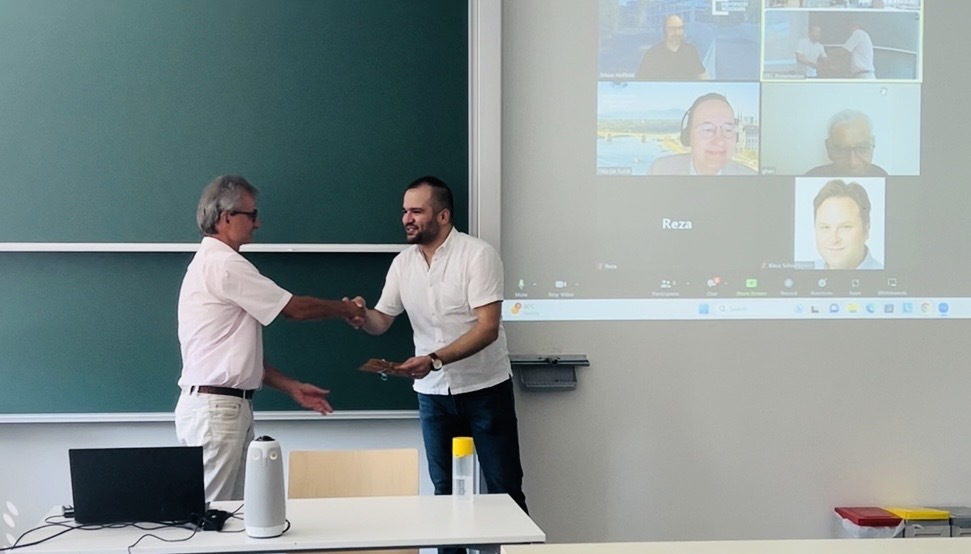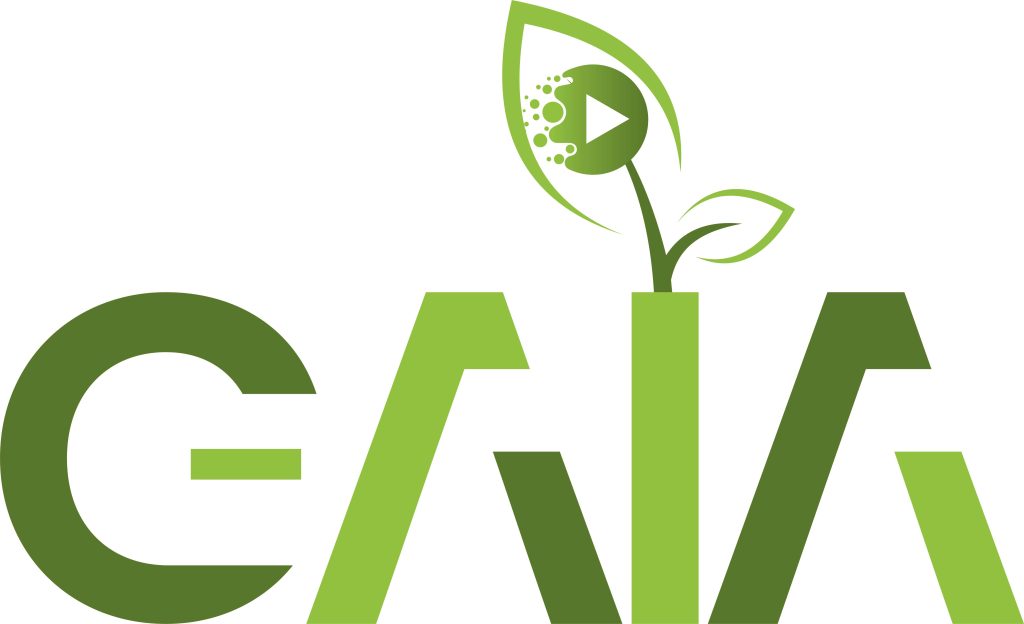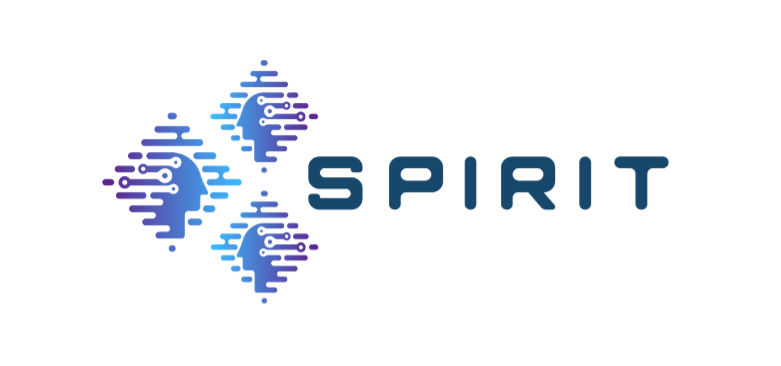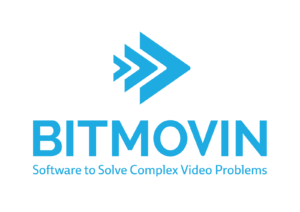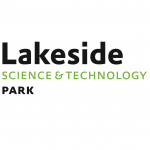IEEE International Conference on
Acoustics, Speech, and Signal Processing (ICASSP)
14-19 April 2024, Seoul, Korea
[PDF]
Mohammad Ghasempour (AAU, Austria), Hadi Amirpour (AAU, Austria), Mohammad Ghanbari (University of Essex, UK), and Christian Timmerer (AAU, Austria)
Abstract: With the ubiquity of video streaming, optimizing the delivery of video content while reducing energy consumption has become increasingly critical. Traditional adaptive streaming relies on a fixed set of bitrate-resolution pairs, known as bitrate ladders, for encoding. However, this one-size-fits-all approach is suboptimal for diverse video content. As a result, per-title encoding approaches dynamically select the bitrate ladder for each content. In this paper, we address the pressing issue of increasing energy consumption in video streaming by introducing GreenRes, a novel approach that goes beyond traditional quality-centric resolution selection. Instead, GreenRes considers both video quality and energy consumption to construct an optimal bitrate ladder tailored to the unique characteristics of each video content.
To achieve this, GreenRes, similar to per-title encoding, encodes each video content at various resolutions, each with a set of bitrates. It then establishes a maximum acceptable quality drop threshold and selects resolutions that not only maintain video quality above this threshold, but also minimize energy consumption. Our experimental results demonstrate a 30.82% reduction in energy consumption on average, while ensuring a maximum quality drop of 0.53 Video Multimethod Assessment Fusion (VMAF) points.



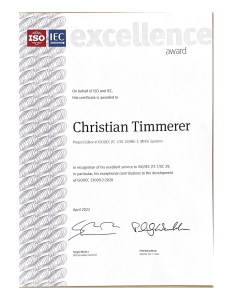 On behalf of ISO and IEC, this certificate is awarded to
On behalf of ISO and IEC, this certificate is awarded to
